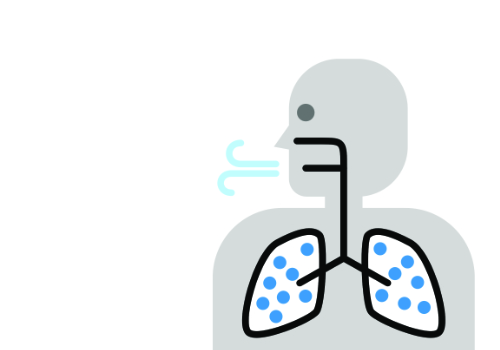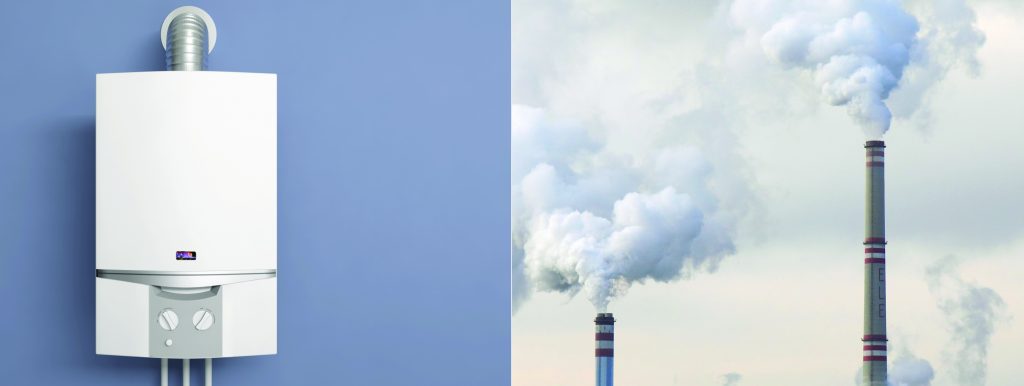
CO and CO2 – often confused terms
CO and CO2 are very similar names and one can easily confuse them just because of slang terms such as “CO”, “CO2“, etc. Therefore, we have prepared a few paragraphs below to explain the differences.
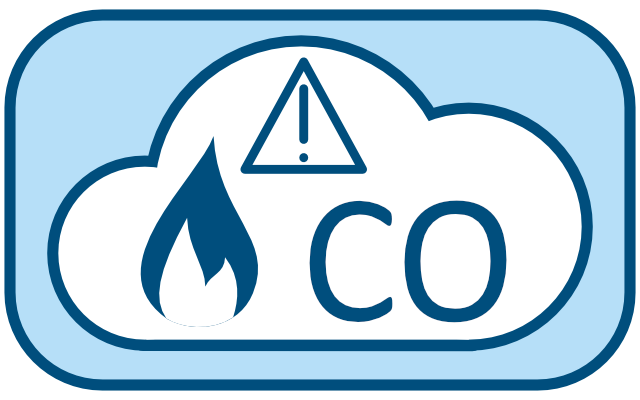
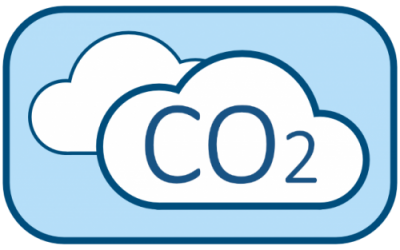
CO = carbon monoxide
CO2 = carbon dioxide
Both are colourless and odourless gases, and their concentration is classically given in ppm. They differ in that while carbon dioxide (CO2) is commonly found in nature, carbon monoxide (CO) is not so common.
Let's look at these two gases in more detail.
Let's look at these two gases in more detail.
Carbon monoxide (CO)
- colourless, tasteless and odourless flammable gas
- not commonly found
- average outdoor concentration is about 0.1 ppm
- contained in lamp gas, generator gas and water gas
- hazardous to life
Cause of formation
Carbon monoxide is produced by the incomplete combustion of fossil fuels and biomass (e.g. coal, gas, wood). Incomplete combustion occurs when there is insufficient air supply.Life-threatening concentrations
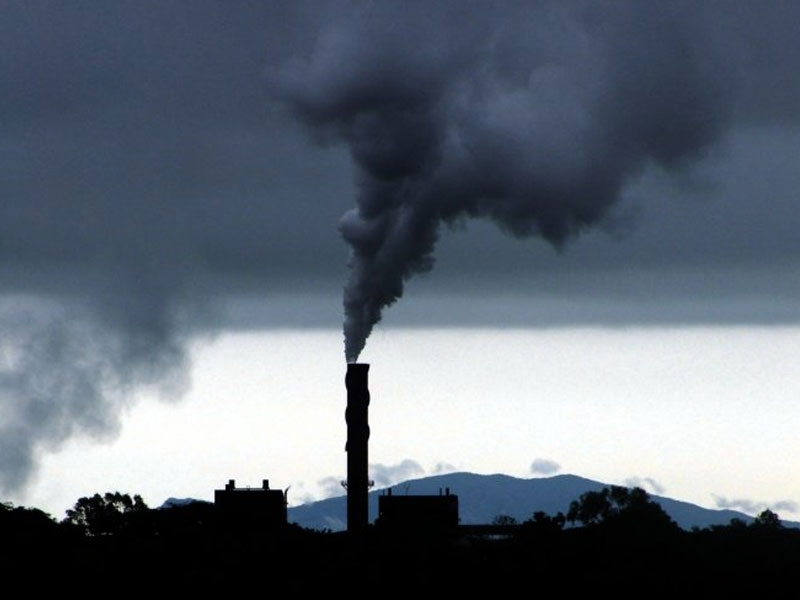
Carbon dioxide (CO2)

- a commonly occurring gas in the atmosphere, with concentrations in ambient air currently just over 400 ppm (411 ppm by 2020)
- generated as a by-product of the metabolic activities of living organisms - respiration, fermentation (fermentation), chemical reactions and combustion
- recommended indoor level is 1 000 ppm
- Life-threatening concentration is up to about 80,000 ppm, which is a very high concentration (8%)
- FOR FUN FACT: outdoors, a person breathes in air with a CO2 concentration of around 400 ppm and exhales air with a CO2 concentration about 100 times higher that is 40,000 to 45,000 ppm, this is why CO2 is well suited for assessing how breathable the indoor air is

